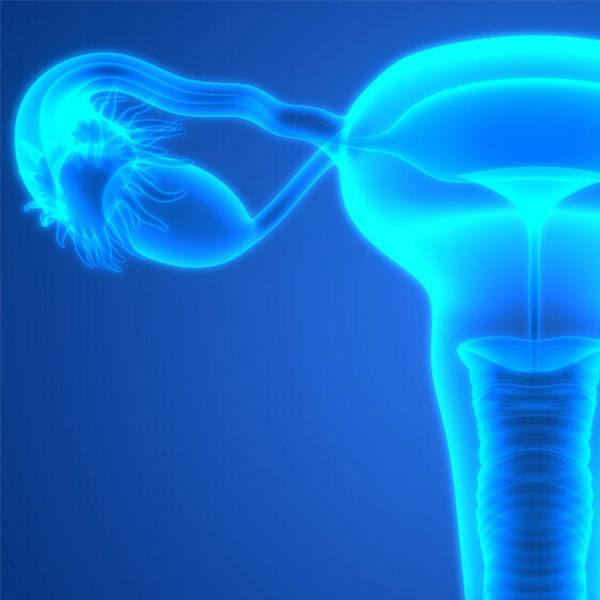-
Skin Resurfacing Options That Smooth Facial Wrinkles
ROCHESTER, Minn. — Something can be done to at least partially smooth out facial "lines of distinction," otherwise known as wrinkles.
The April issue of Mayo Clinic Health Letter provides an overview of skin resurfacing choices. Milder therapies produce more modest results with minimal risk and discomfort. More dramatic therapies produce more pronounced and longer-lasting benefits, but with greater risk, discomfort and recovery time. Fortunately, new technologies and techniques that are less harmful — but still deliver good wrinkle-erasing results — are starting to change the equation.
Some options include:
Non-wounding (nonablative) laser resurfacing: Heat energy from the laser damages the collagen beneath the skin and stimulates the growth of new collagen, which tightens underlying skin and improves skin tone and appearance. This approach requires a series of treatments. A topical skin-numbing agent may be used for pain control, or none may be needed. The skin may be temporarily red or swollen. Patients may be able to resume normal activities right away.
Wounding (ablative) laser resurfacing: The laser destroys the epidermis, the outer layer of skin, and heats the dermis underneath, leading to collagen destruction and regrowth. This procedure is done in a surgical facility. The treated area is numbed; anesthesia is sometimes used. After the procedure, the skin will be raw, swollen, itchy and painful for a few days. Recovery at home may require one to two weeks. The results often are dramatic and can last for many years.
Fractional laser resurfacing: This new technique may employ the same lasers as in nonablative and ablative laser resurfacing or another laser technology. Either way, the skin is destroyed in thin, tightly spaced columns instead of over broad areas. This approach helps speed the healing. Results often are nearly as good as with nonfractional laser resurfacing, but several treatments may be necessary to achieve those results.
Chemical peel: A chemical placed on the skin destroys the top layers. The depth of the treatment usually matches the results, with deep peels providing the most dramatic, long-lasting results. Deeper treatments also require longer recovery, perhaps a week or two at home.
Dermabrasion: A small motorized device with an abrasive wheel or brush is used to remove the outer layers of skin. When the skin grows back, it's usually smoother and younger looking. This procedure is often done in a surgical facility and may require numbing the skin. Recovery time depends on the extent of the procedure.
A patient's attitude and expectations about the skin resurfacing results are important. Patients are most likely to be satisfied with the results if they are happy overall and are seeking cosmetic surgery to make realistic changes in appearance.
Mayo Clinic Health Letter is an eight-page monthly newsletter of reliable, accurate and practical information on today's health and medical news. To subscribe, please call 800-333-9037 (toll-free), extension 9771, or visit Mayo Clinic Health Letter Online.







